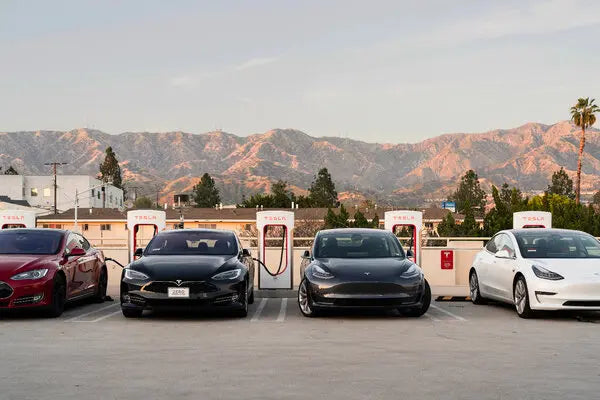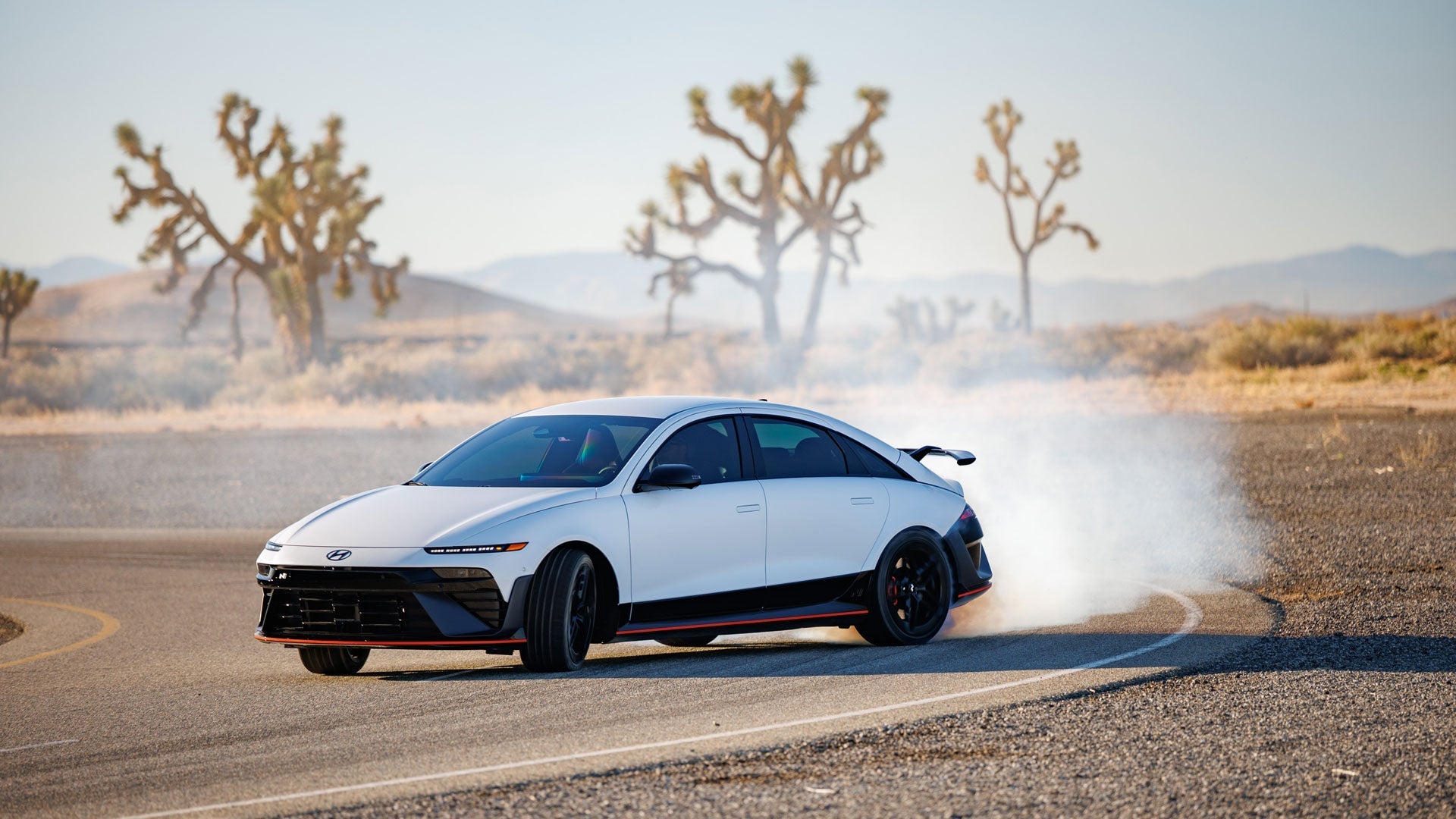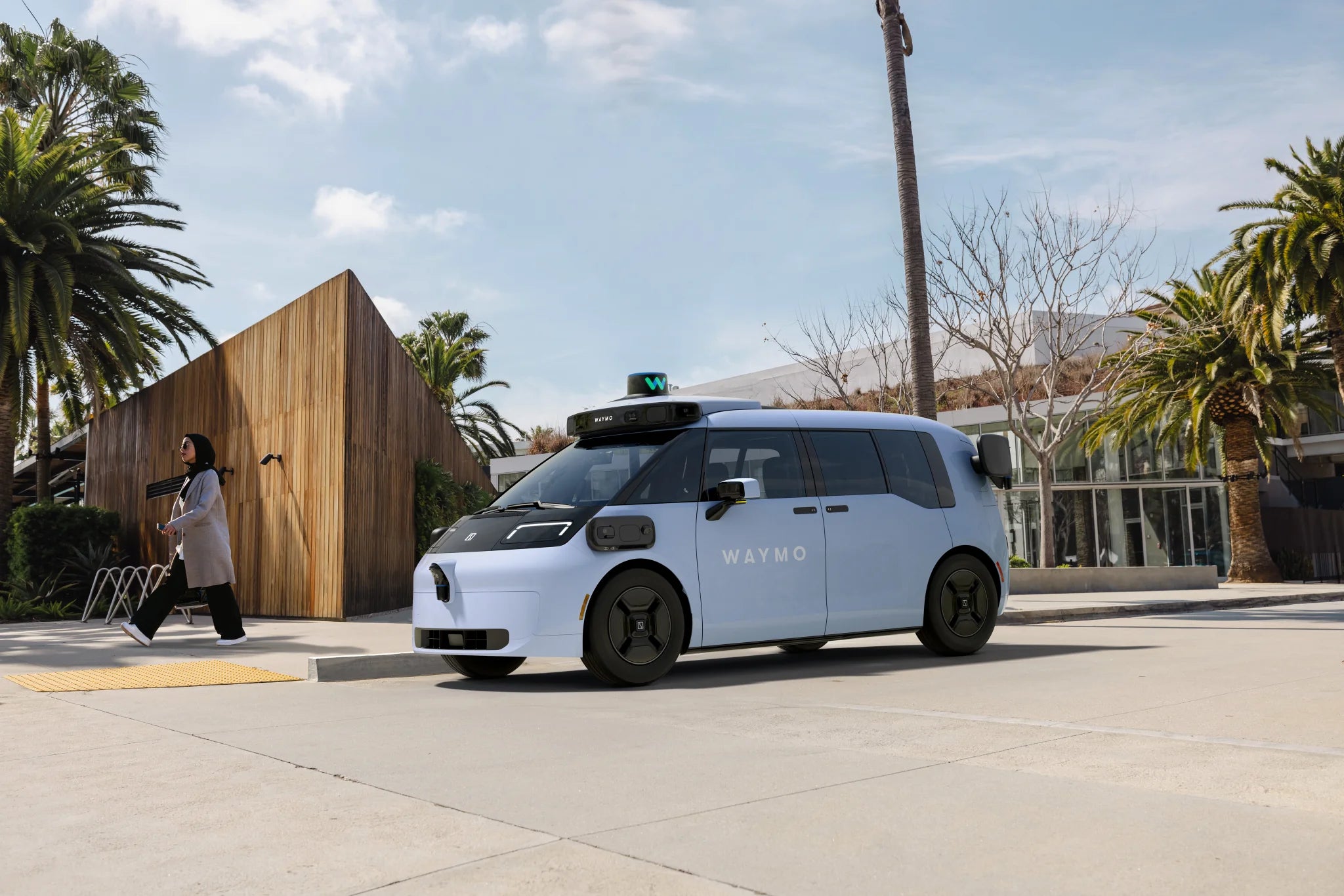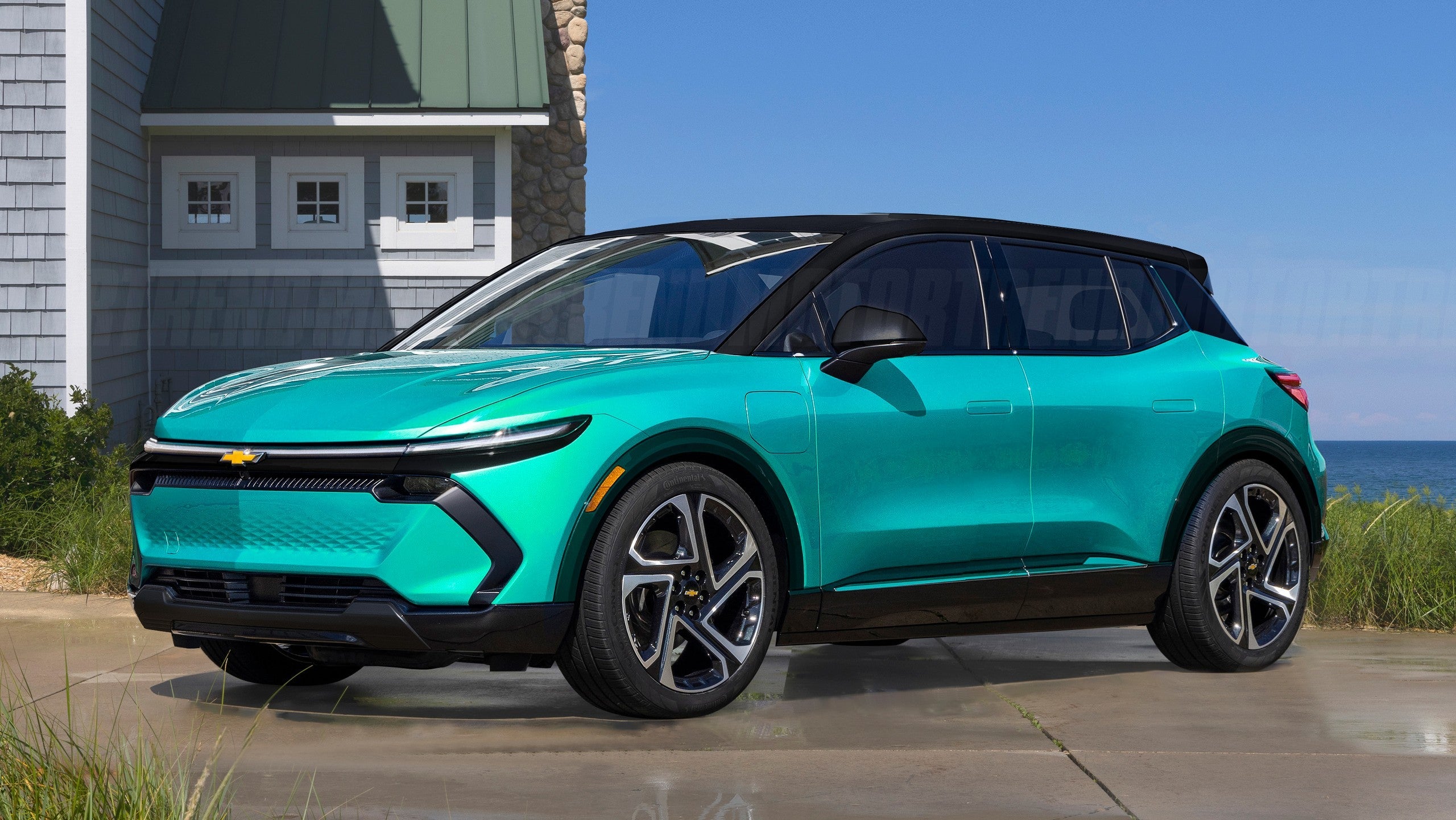California Reconsiders Its Long-Term EV Mandate
California’s plan to phase out new gasoline car sales by 2035 has long been positioned as one of the most ambitious climate goals in the United States. But the EV landscape has changed dramatically since the target was announced in 2020. Slowing EV adoption, weaker incentives, and uncertainty around state emissions authority have prompted regulators to revisit whether the 2035 deadline remains achievable.

Federal Pushback Complicates California’s Strategy
For years, the California Air Resources Board (CARB) relied on a Clean Air Act waiver to set more aggressive emissions rules than the federal government. A dozen states tied their own policies to California’s framework. However, after the waiver was blocked in June, CARB officials have signaled a shift in tone.
At a recent workshop, CARB Deputy Executive Officer Christopher Grundler acknowledged that the state currently “cannot enforce” its existing rules, making the overall plan a “very active area of discussion.” Without the waiver, states such as Maryland, Washington and Vermont have paused their own EV mandates, further weakening nationwide momentum.
Affordability and Infrastructure Hurdles Slow Progress
Even aside from the legal battles, California is confronting practical obstacles. EV prices remain high, federal tax incentives have been reduced, and the state’s charging infrastructure still lags behind its long-term needs. Regulators now admit that requiring all new vehicles to be electric by 2035 may not be realistic under current market conditions.
CARB Chair Liane Randolph Sanchez said in an interview that the agency will use its multi-year rulemaking process—running through 2027—to “rethink creatively” about future goals. While the commitment to reducing emissions remains strong, the timeline may shift as the state reassesses consumer demand, affordability, and technology readiness.
Lyft’s CEO: Human Drivers Are Here to Stay
The conversation around future mobility extends well beyond EVs. As debates over autonomous vehicles intensify, Lyft CEO David Risher recently offered a counterpoint to Silicon Valley optimism: robotaxis will not replace human drivers anytime soon.
According to Risher, the technology is not ready for widespread deployment in complex environments, and regulators and riders remain cautious. He suggested it would be surprising if even 10% of Lyft’s rides came from autonomous vehicles by 2030.
There is also a financial angle. Human drivers currently absorb major ownership costs—maintenance, depreciation, cleaning and charging—allowing Lyft to operate with minimal capital expenditure. In contrast, a fully autonomous vehicle suitable for robotaxi service may cost $250,000 to $300,000, far more than a typical rideshare-friendly Prius.
Risher’s conclusion: the idea that drivers will be replaced “in any reasonable time frame” is essentially zero.
Detroit Faces Congressional Scrutiny Over Rising Vehicle Costs
In a rare development, Ford, GM and Stellantis—along with Tesla—will appear together before Congress in early 2026, marking the first joint hearing since the 2008 financial crisis. Lawmakers aim to examine how new technology mandates, emissions rules and safety requirements may have contributed to the surge in vehicle prices.
According to Senate leaders, the average price of a new vehicle has risen from $24,296 in 2015 to over $50,000 today. Regulators will question whether federal policies have unintentionally inflated consumer costs or whether automakers themselves have driven the trend through added features and profit strategies.
The timing of the hearing coincides with the opening day of the 2026 Detroit Auto Show, ensuring that any new product announcements will unfold without the automakers’ CEOs on stage.

What Rising Prices Mean for the Road Ahead
Adjusted for inflation, a $24,296 vehicle in 2015 would cost roughly $34,000 today—still far below the current average. Much of the difference may stem from ADAS features, emissions-related engineering, and consumer demand for larger, more complex vehicles. As technology becomes more integral to both safety and emissions compliance, lawmakers want to understand how to balance innovation with affordability.
The outcome of California’s reconsideration, the congressional hearing, and broader market forces will shape how quickly the U.S. transitions to cleaner and more automated transportation—and how much consumers will pay for it.
Recommend Reading: California EV Carpool Lane Decal Program Ends, With 2-Month Grace Period








Share:
Waymo Accelerates U.S. Robotaxi Expansion Toward More Than 20 Cities
Xpeng’s Global Tech Ambitions Grow as It Bets Big on AI and Autonomy